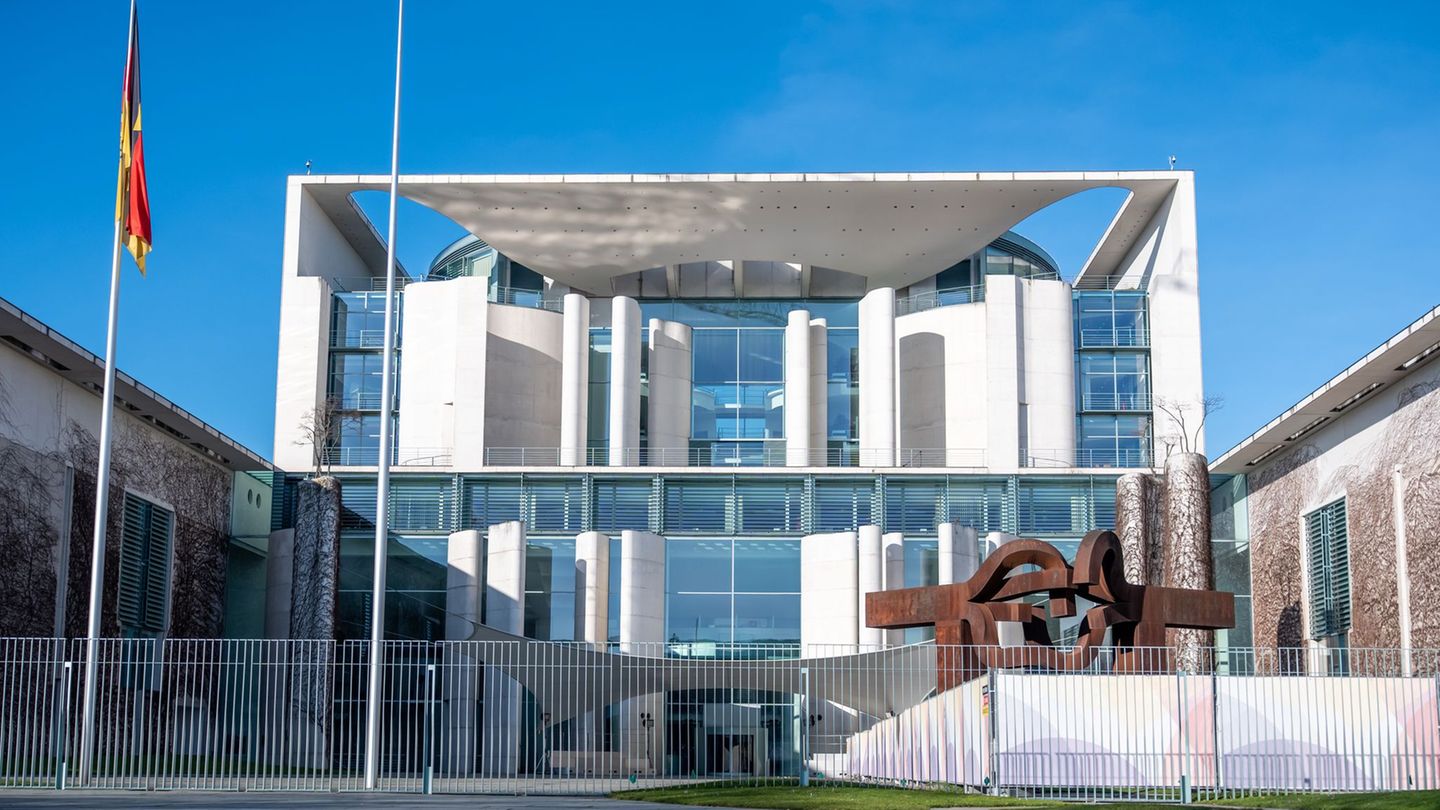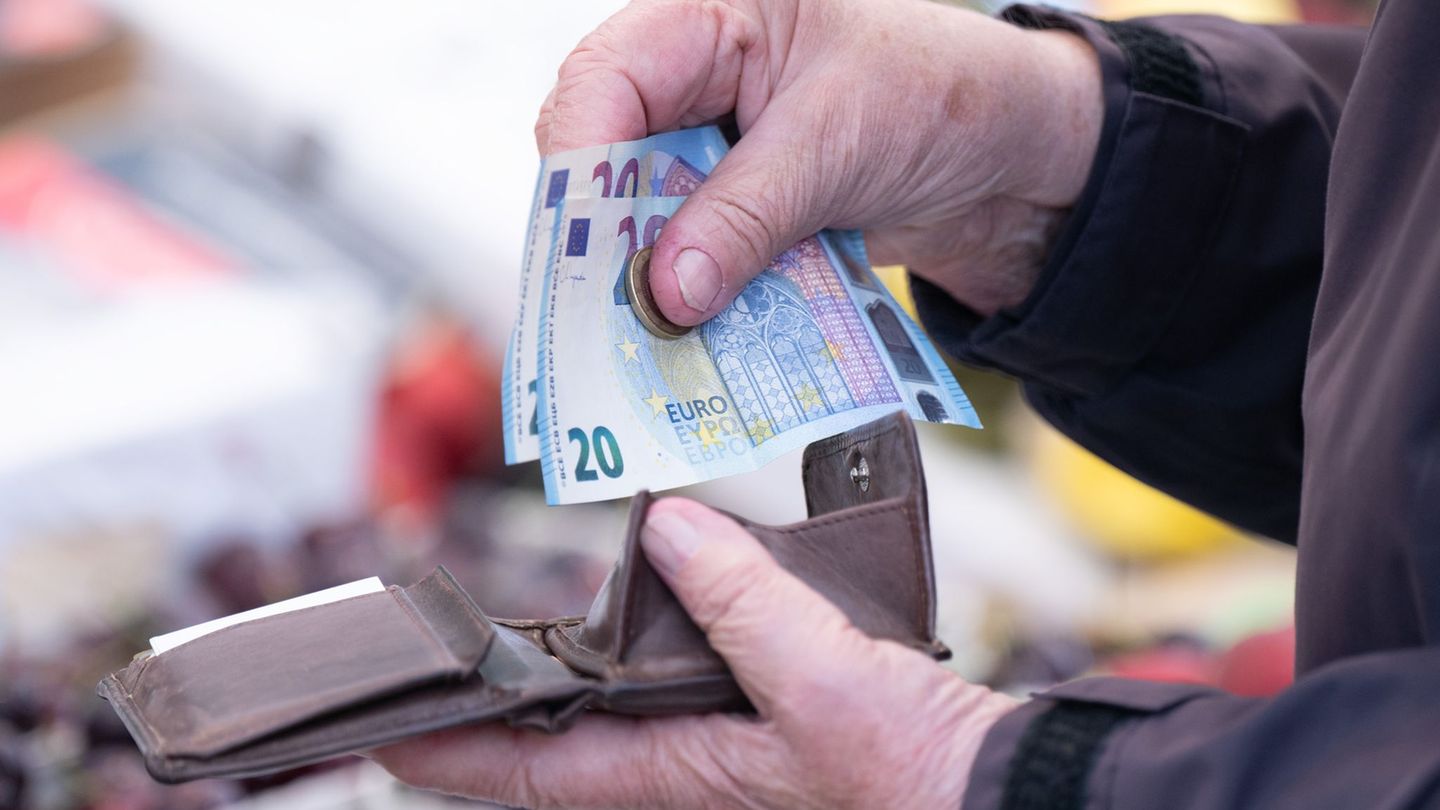Soon it will be the 40th anniversary of the appearance of the Mercedes 190. On the occasion of the anniversary, we take a close look at the development history of the Baby Benz and reveal which prototypes never made it onto the road. Among them were a convertible and an electric car.
Today the cover name of the new car would be really cool. “Ushido”. Sounds like a rapper and would surely go down well with younger people. But at the beginning of the 1970s, such ideas were a long way off. Especially since it was not a Japanese car, but a product from the German luxury automobile manufacturer par excellence: Mercedes-Benz. The vehicle in question was a compact sedan, with which the Swabians primarily wanted to target the BMW 3 Series. And that after the star strategists decided in the mid-1960s to skim off the cream only in the larger cars.
But the oil crisis forced the Alemanni to rethink. Now it should be a compact sedan with the prestigious star on the bonnet. The specifications were laid down as early as 1974. The new car had to be a typical Mercedes and, above all, safety should not be compromised. A cheap Benz would have been fatal for the image. Because the compact Mercedes should also introduce younger drivers and those who did not have a big wallet to the luxury brand. This positioning was crucial. After all, Ford dominated the compact sedan segment with the Sierra and Mercedes did not want to get involved with a volume manufacturer. Internally, the Volks-Mercedes project was controversial anyway. Such an unpretentious one had to be a culture shock for the luxury-used clientele.
Still, you had to differentiate yourself from the competition. Basically, a formula was used that has served as a blueprint to this day. The Baby-Benz was supposed to convey a touch of luxury with borrowings from the flagship S-Class and since the BMW 3 Series was to be targeted, the chassis had to set standards. “You will be measured against the S-Class,” said the chief technology officer and later chairman of the board, Werner Breitschwerdt, of his troops. Said and done. Mercedes invested the monstrous sum of one billion marks, the engineers scrutinized around 60 chassis concepts, covered over five million test kilometers and thus refined the complex multi-link rear axle. A masterpiece that can still be found in automobiles to this day.
In terms of driving dynamics, the Mercedes 190 should set standards. Front-wheel drive was not an option on the 4.42 meter long vehicle, so there were no transversely installed engines either. So the space conditions were not opulent. Which pissed off some potential buyers who also wanted to reside in the rear Mercedes-worthy. With its straight lines and a few luxury elements, the interior relies on contemporary practicality. The wedge-shaped design came from Bruno Sacco, who transferred the game with trapezoidal edges from the futuristic prototype C 111 under the name “Diamantschliff” to the compact class. The result was a good Cd value of 0.33, which was a valid argument at times when the specter of the oil crisis was omnipresent. Just like lightweight construction, which was high on the agenda at every developer meeting. The effort was worth it. The Mercedes 190 weighed only around 1,100 kilograms. The technicians took weight out of the car wherever they could. The fact that they used a plastic oil filler cap, which took 41 grams out of the car, shows just how obsessive the engineers were to this task.
So the 190 was not only economical, but also fast. The basic versions had an in-line four-cylinder (M102) installed. The Mercedes 190 had 66 kW / 90 PS and achieved a top speed of a remarkable 175 km / h, the 190 E with 90 kW / 122 PS was only 5 km / h below the 200 km mark. When the Mercedes 190 was presented at the end of 1982, the press was enthusiastic about the handling of the Baby Benz, the competition from Munich was impressed, and yet the customers remained cautious. At a price of at least 25,538 marks, the 190 was anything but a special offer and just barely cheaper than the larger Mercedes of the W123 series. For the first time, the Mercedes dealerships found themselves in the unfamiliar position of no longer being able to allocate cars, but having to recruit customers. That should change soon
HP injections followed, like the Mercedes 190E 2.3-16 V to 136 kW / 185 HP or a whisper diesel with the 190D. To prove the quality of the new member of the Mercedes car family, a 190 E 2.3-16 was allowed to cover a distance of 50,000 kilometers on the high-speed test track in Nardo in a record time of 201 hours, 39 minutes and 43 seconds. The touring car race at the opening of the new GP track of the Nürburgring in 1984 was more prestigious. At the wheel of the Mercedes cars were racing legends such as Niki Lauda, Alain Prost, Jack Brabham, the former title holders Phil Hill, John Surtees, Denny Hulme, James Hunt and Jody Scheckter , the former Mercedes factory drivers Hans Herrmann and Stirling Moss as well as a young Brazilian named Ayrton Senna, who also won the race.
During the first facelift in 1988, the Baby-Benz got planks on its side – the famous Sacco boards. Named after the designer of the same name. But there was also a lot going on under the bonnet. The engines were drilled out and got more steam under the hood. In cooperation with the engine tuning company Cosworth, the 190E 2.5-16 Evolution with up to 150 kW / 204 PS was created, which is produced in a limited edition of 500 for the homologation of the Group A racing car. The brute Evo II followed shortly afterwards with a huge rear spoiler and 173 kW / 235 PS and towards the end of the term in 1992 the Mercedes 190 E 3.2 AMG with 172 kW / 234 PS. This is also the time when the Mercedes 190 AMG dominated the German Touring Car Championship (DTM): In 1991, only the team classification went to Stuttgart-Untertürkheim, the star cars won 16 of 24 races the following year and made with ” King “Klaus Ludwig is also the driver champ.
By August 1993, 1,879,629 Mercedes 190s had left the Swabian carmaker’s production facilities. But there were also models that were never built, but were on the road as prototypes. A car that many still mourn today was the topless version of the Mercedes 190. The 190 E 2.6 Cabriolet had everything that fresh air fans would appreciate: a smooth running six-cylinder petrol engine and a soft top. The groundwork nevertheless paid off because the W124 benefited from it. The developers also had a short-tail version of the Baby Benz on the road, but it never went into series production either. The Mercedes 190 E Elektro, which the Mercedes engineers put on wheels in 1990, was downright futuristic. In addition to a field test on the island of Rügen, where ten E-Mercedes 190s were in use, a model in Stuttgart also covered a total of 100,000 kilometers as a taxi without any problems. The pioneering Baby Benz had a continuous output of 19 kW / 26 PS and a maximum of 31 kW / 42 PS, was up to 110 km / h and could travel around 85 kilometers on one battery charge.
Source From: Stern
I am a 24-year-old writer and journalist who has been working in the news industry for the past two years. I write primarily about market news, so if you’re looking for insights into what’s going on in the stock market or economic indicators, you’ve come to the right place. I also dabble in writing articles on lifestyle trends and pop culture news.




